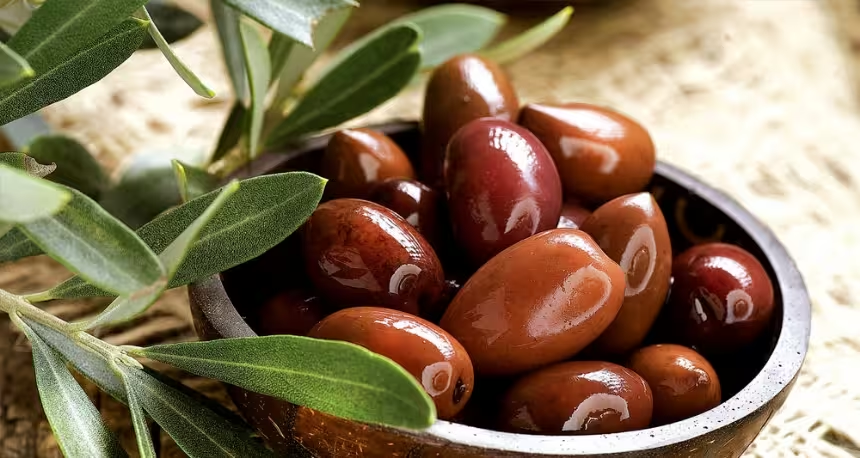
The Secret Behind Early Harvest Olive Oil: Is It Worth It?
Among the world’s olive oil connoisseurs, one type of oil is consistently praised for its bold flavor, vibrant color, and health-packed properties: early harvest olive oil. But what makes this olive oil so special? Is the higher price tag justified, or is it just another food trend? In this article, we’ll take a deeper look at how early harvest olive oil is made, why it stands out, and whether it’s worth adding to your kitchen in 2025.
What Is Early Harvest Olive Oil?
Early harvest olive oil is produced from olives that are picked while still green and unripe, usually between late September and early November. These olives yield less oil compared to fully ripe ones, but the oil is much richer in antioxidants, particularly polyphenols. The resulting product is more intense in flavor, slightly bitter, and often peppery – true sign of quality in extra virgin olive oil.
How It’s Made (Step-by-Step)
- 1. Harvesting: Olives are picked early, often by hand or gentle mechanical means to avoid bruising.
- 2. Immediate Milling: Olives are taken to the mill within hours to preserve freshness and prevent fermentation.
- 3. Cold Extraction: A temperature-controlled process ensures nutrients remain intact. No heat or chemicals are used.
- 4. Filtration: The oil is filtered to remove sediment, which prolongs shelf life.
- 5. Bottling: Usually in dark glass or tins to protect from light and preserve quality.
Why Early Harvest Olive Oil Is Considered Superior
Early harvest olive oil is more than just a trend – it’s a functional, flavorful superfood. Because of the lower yield from green olives, producers sacrifice quantity for quality. This results in:
- Higher Polyphenol Content – More antioxidants, anti-inflammatory properties, and heart health benefits.
- Stronger, Complex Flavor – Great for finishing dishes or tasting straight with bread.
- Longer Shelf Life – Thanks to higher antioxidant levels, it stays fresh longer.
Nutritional Comparison: Early vs Regular Harvest
| Property | Early Harvest | Regular Harvest |
|---|---|---|
| Polyphenol Content | High | Moderate |
| Flavor | Bold, bitter, peppery | Smooth, mild |
| Color | Bright green | Golden yellow |
| Oil Yield | Low | High |
| Shelf Life | Long | Moderate |
When & How to Use It
Due to its intense flavor and premium cost, early harvest olive oil is best used for finishing dishes. Here are some perfect uses:
- Drizzle over salads or grilled vegetables
- Dip with warm bread
- Add to soups or stews just before serving
- Use in dressings for a bold, peppery kick
🇬🇷 Best Greek Early Harvest Olive Oil Brands
Some of the world’s finest early harvest olive oils come from Greece, especially from the Koroneiki and Megaritiki varieties. Brands like Laconiko, Ellora Farms, and Oliveology are highly regarded for their high polyphenol levels and cold-pressing techniques. Look for certifications like “PGI” or “PDO” and harvest dates clearly listed on the label.
Where to Buy It Online?
Want to experience early harvest olive oil for yourself? Visit our Online Olive Store Directory for trusted retailers and producers that ship globally. You can filter by early harvest options or certified organic oils.
❓FAQ: Early Harvest Olive Oil
Q: Is early harvest olive oil always extra virgin?
A: Yes. By definition, early harvest oils are made with cold-pressed, unrefined methods that meet the criteria for extra virgin olive oil.
Q: Why is it more expensive?
A: Green olives produce less oil and are harder to process. That’s why early harvest olive oil usually costs 20–40% more.
Q: Can I cook with early harvest olive oil?
A: You can, but it’s best used raw or added at the end to preserve flavor and nutrients.



